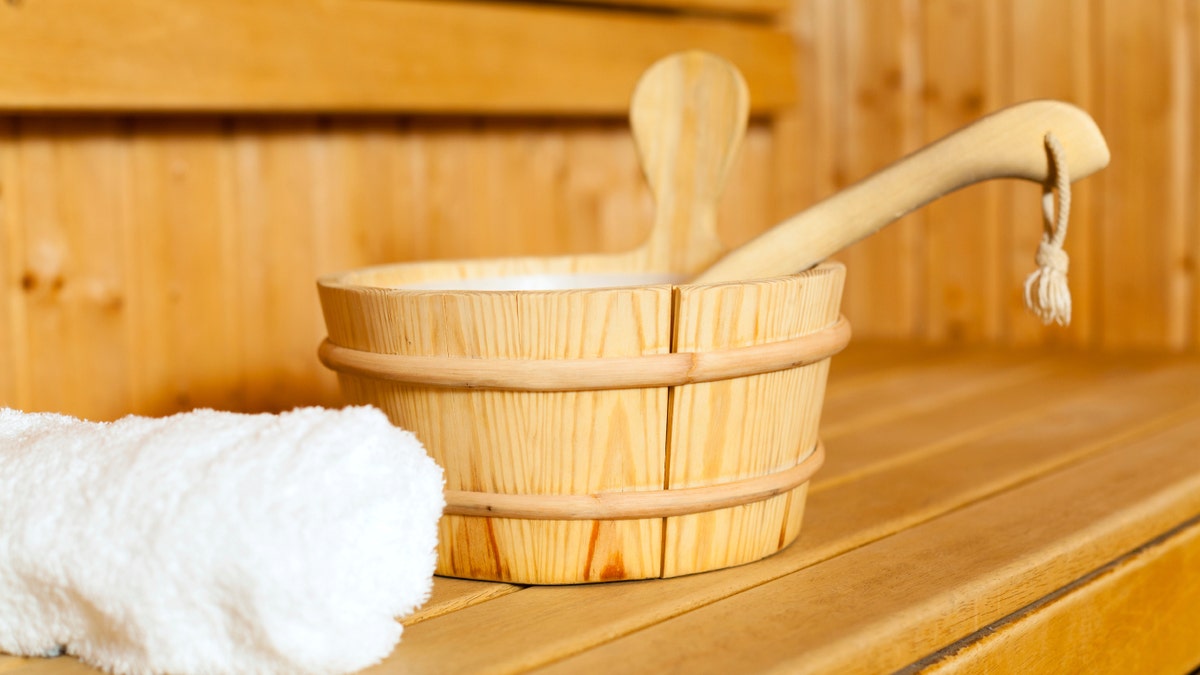
(www.fotostorm.net)
A study from Finland suggests that saunas might have health benefits – at least, for men.
During the study, men who spent time in a sauna seven times a week were less likely to die of heart problems or to die at all, compared to those who only visited the sauna once a week.
Researchers followed more than 2,000 middle-aged men in eastern Finland for about 20 years. The more often the men went to the sauna, and the longer they stayed, the lower their risk for sudden cardiac death, fatal coronary heart disease and fatal cardiovascular disease over those 20 years.
The association was strong even after many potentially interacting factors were taken into account, said senior author Dr. Jari Laukkanen, a cardiologist at the Institute of Public Health and Clinical Nutrition of the University of Eastern Finland in Kuopio.
Starting in the 1980s, more than 2,000 men filled out questionnaires about their weekly sauna use. About 1,500 men reported using a sauna two or three times per week, 600 said they used the sauna once per week and 200 said they visited the sauna four to seven days of the week. Only 12 men reported not using a sauna at all.
Duration ranged from two to 90 minutes at a time, and the temperature ranged from 40 to 100 degrees Celsius, or 104 to 212 degrees Fahrenheit, traditionally at low humidity levels.
In 2011, the researchers used interviews, hospital documents, death certificates and autopsy reports to assess when and how participants had died.
Overall, 190 men had died of sudden cardiac death, 281 died of coronary heart disease, 407 from cardiovascular disease, and 929 had died from other causes.
Ten percent of the once-a-week sauna users suffered sudden cardiac death, compared to almost eight percent of those who used the sauna two or three times weekly and five percent of those who went four to seven times per week.
The pattern was similar for other heart-related deaths. And for death from any cause, the risk fell from 49 percent for the least frequent sauna bathers to 31 percent for the most frequent, the researchers reported in JAMA Internal Medicine.
“There was an inverse relationship between sauna and (cardiovascular disease) risk, meaning that more is better,” Laukkanen told Reuters Health by email. “On the basis of these results, it seems that more than four sauna sessions per week had the lowest risk, but also those with two to three sauna sessions may get some benefits.”
Since this was an observational study, it only indicates that saunas and heart health are associated, not that one necessarily causes the other, said Dr. Rita F. Redberg of the University of California, San Francisco, who was not part of the new study.
Finnish saunas use dry heat, and these results may not apply to other types of saunas, Laukkanen said.
“I must confess that although I have been a long-time fan of sauna bathing because it feels good, I had no idea it was associated with such dramatic health benefits and longer life,” Redberg told Reuters Health by email.
If saunas do cause health improvements, they may do so either by relaxation or by physiological effects of heat, she said.
“The act of sitting in a sauna is relaxing by definition as one can not be doing much else while in a sauna, and often they are enjoyed with others – friends or strangers,” she said. “Physiologically, they may improve circulation.”
Differing activity levels did not explain the link between saunas and better health, Laukkanen noted.
“Sauna bathing is very common habit related to our culture,” Laukkanen said. “In Finland saunas are not luxury items, almost everyone has access to a sauna,” sometimes a private one inside the home.
“We think that results would be very similar in different populations including women,” he said. “However, further studies are needed to show the effects of sauna among women and different age groups.”
People who are dehydrated or have low blood pressure may feel dizzy or faint in saunas, and drinking alcohol beforehand is not a good idea, Redberg said.
